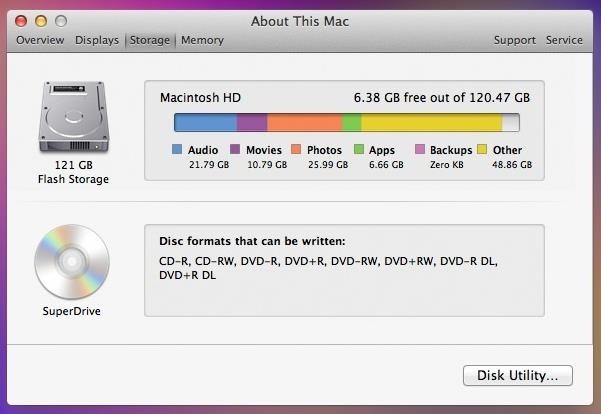
It’s important to keep in mind that if you run the eraseDisk command, the target disk is going to lose all its data, so make sure you are erasing the proper disk. The syntax is going to look like this: Diskutil eraseDisk JHFS+ Empty /dev/disk5s2 Let’s say the disk I want to erase has “/dev/disk5s2” as its identifier and I’m going to use Mac OS Extended Journaled (JHFS+) as the system format type and name it “Empty”. This is the syntax we need: Diskutil eraseDisk FILESYSTEM DISKNAME DISKIDENTIFIER

Then pick a name and a system format type. about any storage device that you can mount to your Mac, including disk images. Once you have found the proper drive to erase, just copy its identifier so you can use it for the next command. Free tool to format USB to exFAT from FAT32 or NTFS in Windows 7/8/10. This is going to list all the mounted drives on your Mac. Start off by running the following command in the command line: Diskutil list Here I'll show you how you can erase and format a disk using the command line. To do that, the only thing you need is a bit of precise syntax to make sure that you are erasing the proper disk. But some Mac users might need to erase them from the command line on Mac OS. Open Applications > Utilities > Disk Utility.


Connect the USB device to your Mac or MacBook. Back up the USB device before proceeding with this process. Use the following steps to use your Mac to format a USB drive to FAT32.
Mac disk utility format for storage how to#
Most users use Disk Utility to erase a disk or hard drive. How to format a USB drive to FAT32 on a Mac.


 0 kommentar(er)
0 kommentar(er)
